8 E-Learning Tips I Wish I Knew When I First Started to Build Courses
February 7th, 2017
During a recent interview, someone asked about what I’ve learned over the years. It’s a question I get asked a lot by new designers. One point I always make is to not worry about what’s under the hood. Just worry about getting the output you need. All of the other stuff you’ll get as you gain experience and have to make edits.
However, here are a few key points I shared in the interview.
It’s Not Rocket Science
I know this statement irks some instructional designers, but come on, what we’re doing isn’t rocket science unless of course you’re working for NASA or some other space agency. Learning is innate to humans and while we may not all know how to build the best courses, we probably can do a decent enough job to get started. Besides, I’ve seen plenty of bad courses from people who have their fancy degrees (and some have even written books).
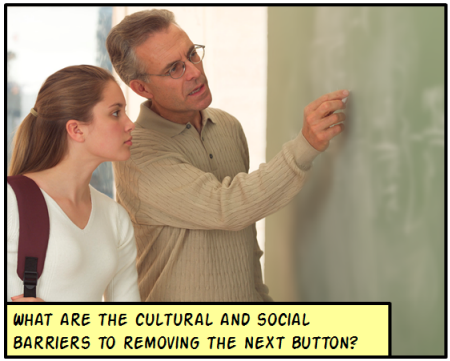
So take a chill pill. Don’t worry about knowing everything about instructional design. Get that first course built. Focus on meeting some tangible objectives and you’ll be on your way. Odds are it won’t be the worst course our industry’s ever seen.
A Course is a Course Unless it’s Not a Course
Not everything we call a course is a course. Sometimes, they’re just more like awareness campaigns, like learning about a new company policy. Some courses do have larger performance expectations but practicing the performance happens outside of the course. And then sometimes courses are heavily focused on performance where real-world decisions can be baked into the course design. The key is knowing what
The key is knowing what type of course you’re building. This way you can commit the appropriate resources. No need to build an elaborate scenario when you all you need is a few screens and perhaps a quick quiz. At the same time, you don’t want to build a click-and-read course when the person needs to learn how to make good decisions. That type of course probably requires some sort of decision-making challenge.
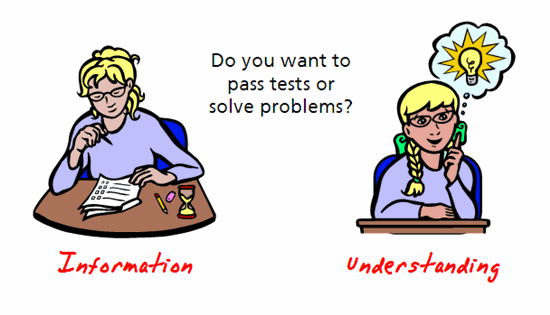
Looks Matter More Than Instruction
For all of our talk about building good courses, often the ones that get the most play are the ones that look good. And this makes sense because e-learning is a mostly visual medium. People are drawn to things that look good. It’s the initial stage of engagement. On top of that good visual design is a key part of communicating ideas.
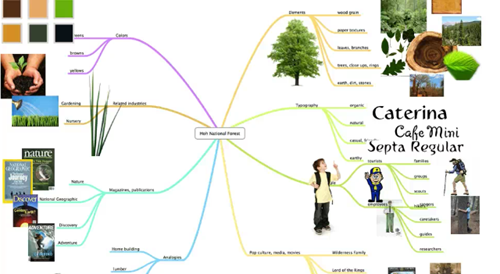
In either case, you get more traction when courses look good and are visually connected to the context of the course. This is something to keep in mind, especially when building a portfolio.
Maintain a Portfolio
It’s important to maintain a project portfolio. This is always easier to say than to do because it does take time. It’s a record of what you’ve done and it’s a way to promote your expertise.
Here’s a common dilemma: a person gets laid off and needs to start applying for jobs. Lo and behold, all of the projects are locked behind a firewall and the person has nothing to show. On top of that, the person also doesn’t own the software to build new demos for a portfolio.
- The weekly challenges are a great way to build small modules to pad a portfolio. Here are some good examples of people in our industry who do that: Jackie Van Nice and Joanna Kurpiewska. Be sure to check out their websites.
Focus on the Action
Many of the courses I see are mostly information dumps. Step away from the information and focus on the action. What are they supposed to do? How do they demonstrate that they know how to do it in the real world? What activities can you build in your course that mimic those real-world decisions and actions?

What content do you need to support learning to make those decisions? Build your courses using a backward design approach. Focus on the measurable action and build towards the information that supports it. This is better than a linear information dump. The book, Understanding By Design, is a good place to start.
Sometimes an Information Dump is All You Need
The reality is that a lot of courses are only awareness campaigns or they exist to meet some compliance requirement. In those cases, it makes sense to keep the course simple so that people can get what they need and then get back to work. When I meet with a client I always try to sort courses by their performance requirement. If there are no clear requirements, then it falls in the information bucket which means I spend less time building the course.
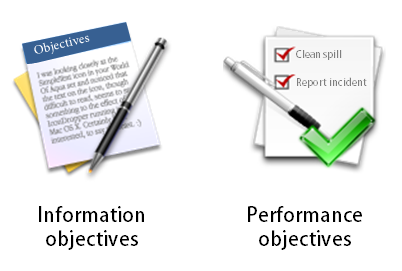
Five Meals a Day is Better Than One Big One
I’m not one to focus much on diet (unless it consists of donuts). However, I do see a lot of headlines that extol the virtue of smaller meals spread over time. The same can be said for e-learning. Building a big course takes time, requires more deliberation, and can’t easily be changed.

Often it’s better to build smaller modules and then space the content over time. The smaller modules are easier to build and deliver. They can also be modified much more quickly. And there’s a lot of good research that shows learning spaced over time is very effective.
What Do You Wish You Knew?
I’m leaving this section blank and asking you what’s the one thing you wish you knew when first getting started. Share your thoughts in the comments section.
Events
- Everyday. Check out the weekly training webinars to learn more about Rise, Storyline, and instructional design.
Free E-Learning Resources
 |
 |
 |
|
Want to learn more? Check out these articles and free resources in the community. |
Here’s a great job board for e-learning, instructional design, and training jobs |
Participate in the weekly e-learning challenges to sharpen your skills |
 |
 |
 |
|
Get your free PowerPoint templates and free graphics & stock images. |
Lots of cool e-learning examples to check out and find inspiration. |
Getting Started? This e-learning 101 series and the free e-books will help. |



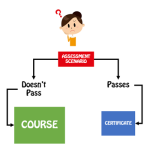

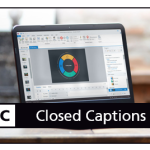




0
comments